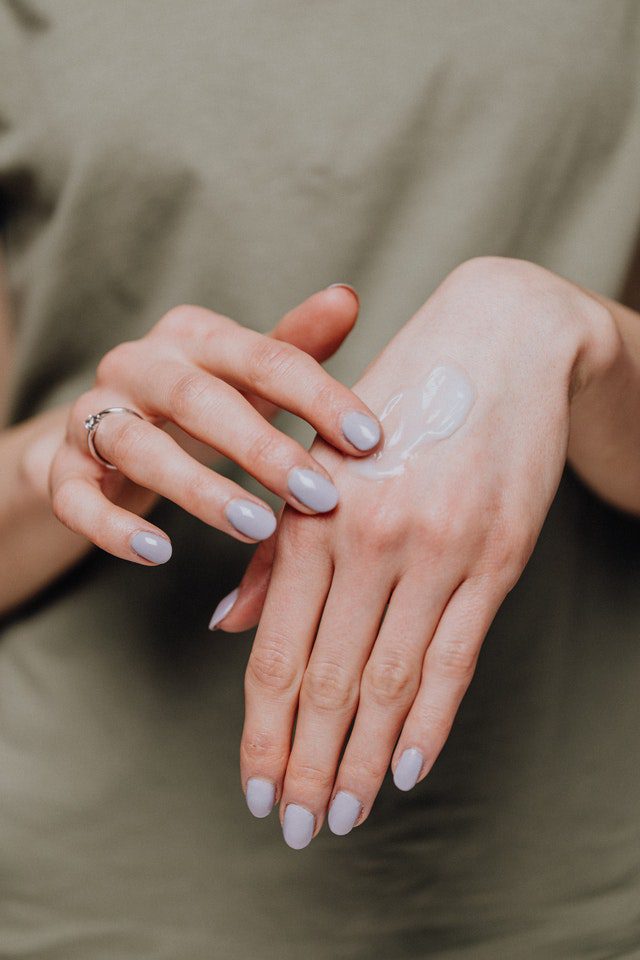Uses
Retapamulin is used to treat impetigo (a skin infection caused by bacteria) in children and adults. Retapamulin is in a class of medications called antibacterials. It works by killing and stopping the growth of bacteria on the skin.
Side Effects Of Retapamulin
Retapamulin may cause side effects. Tell your doctor if any of these symptoms are severe or do not go away:
- irritation at in the place where you applied the ointment
- blisters
- burning
- redness
- swelling
- oozing from the place where you applied the ointment
- itching
- diarrhea
- headache
Retapamulin may cause other side effects. Call your doctor if you have any unusual problems while taking this medication.
Warnings & Precautions
Before taking retapamulin:
- tell your doctor and pharmacist if you are allergic to retapamulin, or any other medications. Ask your pharmacist for a list of the ingredients.
- tell your doctor and pharmacist what other prescription and nonprescription medications, vitamins, nutritional supplements, and herbal products you are taking or plan to take.
- tell your doctor if you are pregnant, plan to become pregnant, or are breast-feeding.
Dosage Of Retapamulin
Retapamulin comes as an ointment to be applied in a thin layer to the skin. It is usually used two times a day for 5 days. Apply retapamulin at around the same times every day. Follow the directions on your prescription label carefully, and ask your doctor or pharmacist to explain any part you do not understand. Use retapamulin exactly as directed. Do not use more or less of it or use it more often than prescribed by your doctor.
The infected area of the skin should begin to look better during the first few days of treatment with retapamulin. If your symptoms do not improve after using this medication for 3 to 4 days or get worse, call your doctor.
Retapamulin is for use only on the infected area of the skin. Do not let retapamulin ointment get into your eyes, or inside your mouth, or nose, or inside the female genital area. Do not swallow this medication.
Use retapamulin until you finish the prescription, even if the infection looks better. If you stop using retapamulin too soon or skip doses, the infection may not be completely gone and the bacteria could become difficult to treat with another antibiotic.
To use the ointment, follow these steps:
- Use a clean cotton swab to spread a thin layer of retapamulin on the skin that is infected.
- Cover the treated area with a bandage or clean gauze to protect the area and prevent accidental spread of the ointment to the eyes or other areas, especially in young children.
- Wash your hands after applying retapamulin if the hands are not to be treated.
- Ask your pharmacist or doctor for a copy of the manufacturer’s information for the patient.
Other
Keep all appointments with your doctor.
Do not let anyone else take your medication. Your prescription is probably not refillable. If you still have symptoms of infection after you finish retapamulin, call your doctor.
It is important for you to keep a written list of all of the prescription and nonprescription (over-the-counter) medicines you are taking, as well as any products such as vitamins, minerals, or other dietary supplements. You should bring this list with you each time you visit a doctor or if you are admitted to a hospital. It is also important information to carry with you in case of emergencies.
Source
All information has been provided courtesy of MedLinePlus from the National Library of Medicine and from the FDA.



